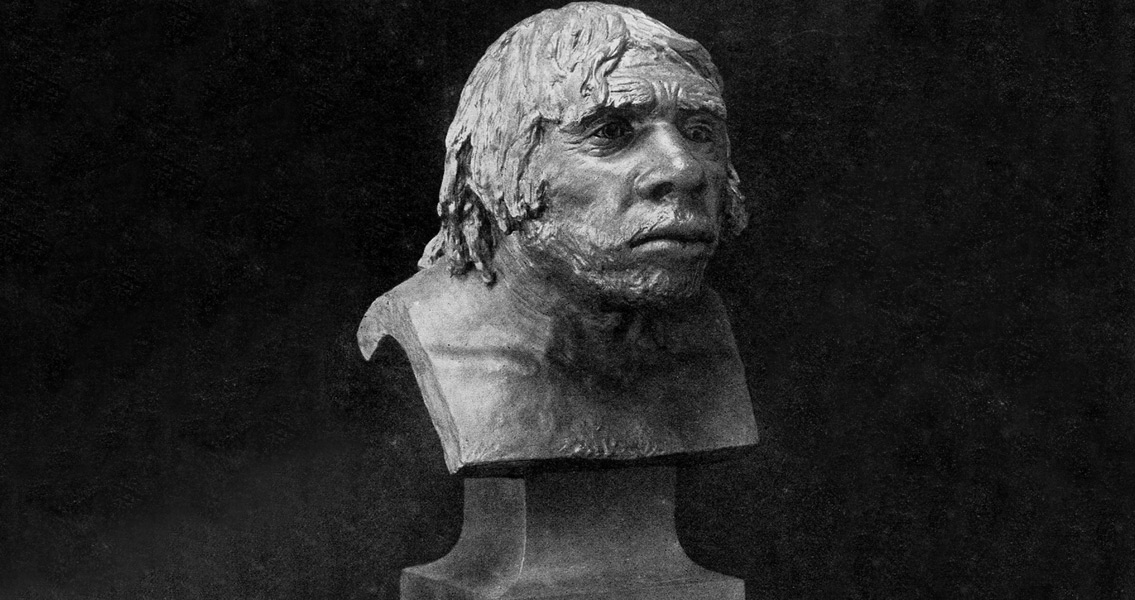<![CDATA[Until a few months ago, the date when Neanderthals (Homo neanderthalensis) disappeared from Europe was thought to be 40,000 years ago. A new study, however, has shown that these early hominins could have disappeared earlier. A scientific paper published in August last year stated that Neanderthals disappeared from Europe between 41,000 and 39,000 years ago. This conclusion was reached based on fossil evidence collected from numerous archaeological excavations ranging from the Black Sea in Russia to the Atlantic coast of Spain. New research published on Friday in the Journal of Human Evolution indicates that Neanderthals may have disappeared 45,000 years ago. The report, written by a team of researchers led by Bertila Galván, is based on new data found at the El Salt archaeological site, 150km south of Valencia, Spain. Until now, there has been no direct dating on Neanderthal remains in Spain. "Those which offer recent dates [after 45,000 years ago] are usually labelled as dubious or have very small amounts of lithic material that can tell us little," Galván explained. The work of Galván and his team, therefore, provides the very first examples of precisely-dated Neanderthal remains. Galván's study questions the existence of Neanderthal communities in the Iberian Peninsula after 43,000 years ago. This marks a new timeline for the disappearance of Neanderthals from the region. Galván notes that their research is based on a very robust archaeological context and that El Salt has corroborated information from other sites in the vicinity. "These new dates indicate a possible disappearance of the regional Neanderthal populations around 45,000 years ago," the research team explained. The team combined palaeoenvironmental and archaeological data to produce their findings. Cristo Hernández, one of the study's authors, told SINC that the evidence points to “a progressive weakening of the [Neanderthal] population, or rather, not towards an abrupt end, but a gradual one, which must have been drawn out over several millennia, during which the human groups dwindled in number." The gradual disappearance of Neanderthals is thought to coincide with a change in the climate, the so-called Heinrich 5 event. Around 45,000 years ago, the climate in Spain became colder and more arid in nature. "[This] must have had an effect on the lives of these diminishing populations," adds Hernández. If the Heinrich 5 climate event is the cause of Neanderthal population decline, anatomically modern humans may have had no role in their disappearance. It is important to note that the new research does not completely contradict previous work. "Both conclusions are complementary and not contradictory," Galván confirmed. What Galván and his team have shown, however, is that Neanderthal population decline was a gradual process, particularly in the Iberian Peninsula, and that it happened earlier than previously thought. In light of the new findings, the paper concludes, Iberian sites with more recent dates (less than 40,000 years old) should be revised. Credit: Wikimedia Commons User: Fae]]>
Neanderthals Disappeared Earlier than Thought
